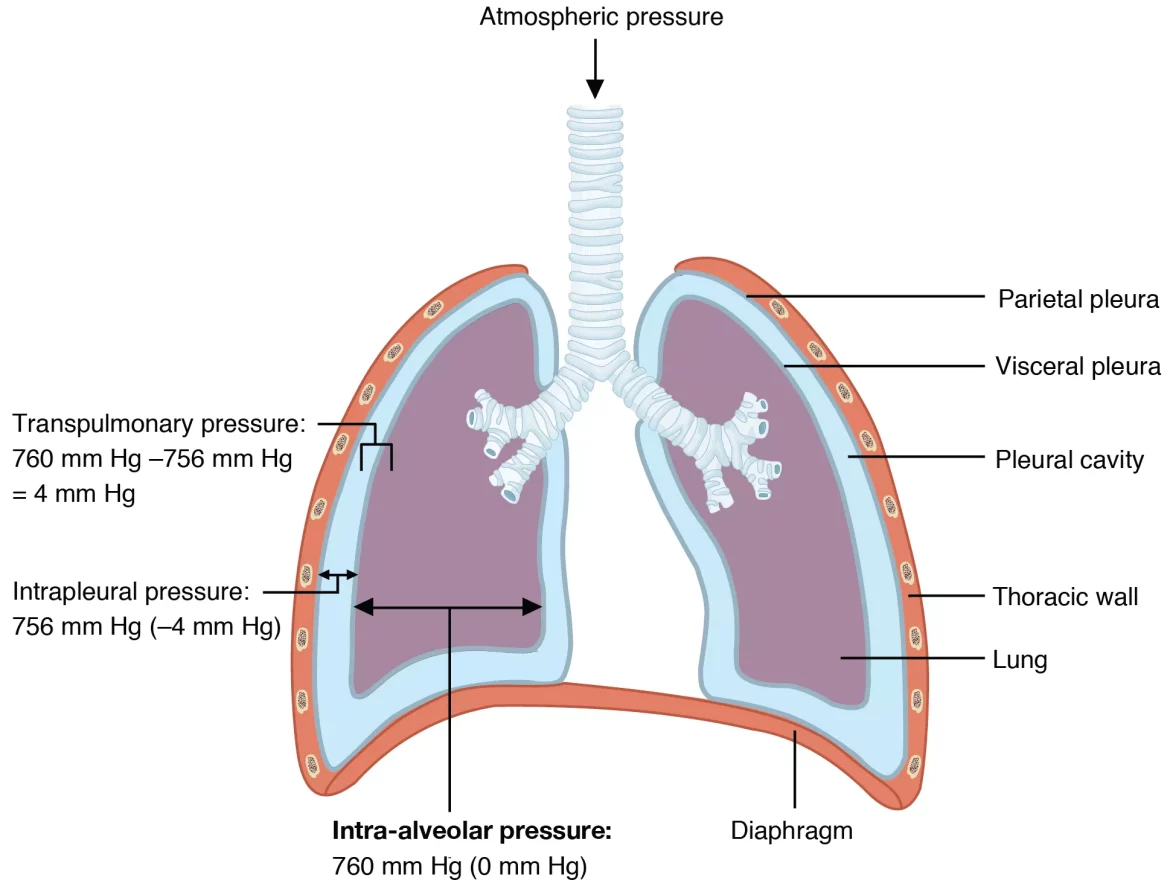High lung pressure, also known as pulmonary hypertension (PH), is a condition characterized by increased blood pressure in the arteries of the lungs. This article aims to provide a comprehensive overview of high lung pressure, including its causes, symptoms, diagnosis, and treatment options.
What Is Pulmonary Hypertension?
Pulmonary hypertension is a serious medical condition that affects the arteries in the lungs and the right side of the heart. In a healthy individual, the blood vessels in the lungs are relaxed and open, allowing blood to flow easily from the heart to the lungs for oxygenation. However, in pulmonary hypertension, these blood vessels become narrowed, stiff, or blocked, making it harder for blood to flow through them. As a result, the right side of the heart must work harder to pump blood through the lungs, leading to increased pressure in the pulmonary arteries.
Types and Causes of Pulmonary Hypertension
There are several types of pulmonary hypertension, each with its own causes and characteristics:
1. Pulmonary Arterial Hypertension (PAH): This type of PH is caused by abnormalities in the small arteries in the lungs. It can be idiopathic (of unknown cause), hereditary, or associated with other conditions such as connective tissue diseases, HIV infection, or liver disease.
2. Pulmonary Hypertension Due to Left Heart Disease: Elevated pressure in the pulmonary arteries can result from left heart diseases such as left ventricular heart failure or mitral valve disease.
3. Pulmonary Hypertension Due to Lung Diseases and/or Hypoxia: Lung conditions such as chronic obstructive pulmonary disease (COPD), interstitial lung disease, or sleep apnea can lead to PH due to reduced oxygen levels in the blood.
4. Chronic Thromboembolic Pulmonary Hypertension (CTEPH): This type of PH is caused by blood clots in the pulmonary arteries, leading to increased pressure and vascular resistance.
5. Other Causes: Pulmonary hypertension can also be associated with conditions like pulmonary embolism, sarcoidosis, and certain medications or toxins.
Symptoms of High Lung Pressure
The symptoms of pulmonary hypertension can vary depending on the severity of the condition and the underlying cause. Common symptoms include:
- Shortness of breath, especially during physical activity
- Fatigue or tiredness
- Chest pain or pressure
- Dizziness or fainting
- Swelling in the ankles, legs, or abdomen
- Bluish lips or skin (cyanosis)
It’s important to note that these symptoms are nonspecific and can be associated with other medical conditions. Therefore, a thorough medical evaluation is necessary for an accurate diagnosis.
Diagnosis and Evaluation
Diagnosing pulmonary hypertension typically involves a combination of medical history review, physical examination, imaging tests, and specialized procedures. These may include:
1. Echocardiogram: This non-invasive test uses sound waves to create images of the heart and can assess the structure and function of the heart chambers and valves.
2. Pulmonary Function Tests (PFTs): These tests measure lung function, including lung capacity and the ability to move air in and out of the lungs.
3. Right Heart Catheterization: This invasive procedure involves inserting a catheter into the pulmonary artery to directly measure pressures in the heart and lungs.
4. CT Scan or MRI: These imaging tests can provide detailed pictures of the heart, lungs, and blood vessels, helping to identify any abnormalities.
Treatment Options for Pulmonary Hypertension
The management of pulmonary hypertension aims to improve symptoms, slow disease progression, and improve quality of life. Treatment options may include:
1. Medications: Several classes of medications are used to treat pulmonary hypertension, including vasodilators, endothelin receptor antagonists, phosphodiesterase-5 inhibitors, and prostacyclin analogs. These medications help relax blood vessels, reduce pressure in the pulmonary arteries, and improve blood flow.
2. Oxygen Therapy: Supplemental oxygen may be prescribed to improve oxygen levels in the blood and alleviate symptoms of hypoxia.
3. Lifestyle Modifications: Patients with pulmonary hypertension are often advised to maintain a healthy weight, engage in regular physical activity within their limits, avoid smoking, and follow a balanced diet.
4. Surgical Procedures: In some cases, surgical interventions may be necessary. These may include pulmonary thromboendarterectomy to remove blood clots, lung transplant for severe cases, or atrial septostomy to improve heart function.
5. Pulmonary Rehabilitation: This comprehensive program includes exercise training, education, and support to help patients manage their condition and improve their overall well-being.
Conclusion
High lung pressure, or pulmonary hypertension, is a complex condition that requires a multidisciplinary approach to diagnosis and management. Early detection and appropriate treatment are crucial for improving outcomes and quality of life for patients with pulmonary hypertension. By understanding the causes, symptoms, and treatment options for this condition, healthcare providers can better support individuals affected by high lung pressure.

